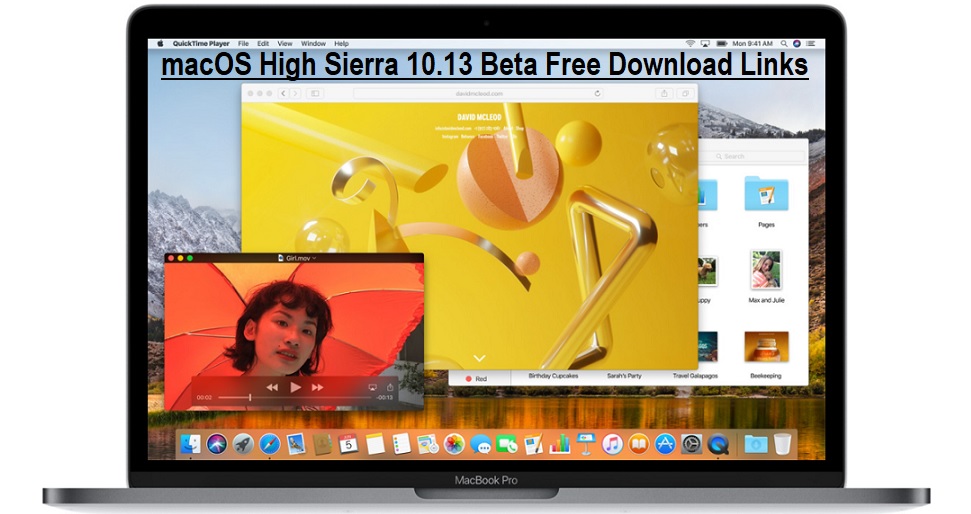These advanced steps are primarily for system administrators and others who are familiar with the command line. You don't need a bootable installer to upgrade macOS or reinstall macOS, but it can be useful when you want to install on multiple computers without downloading the installer each time.
- Xcode for sierra 10.12 You’re now watching this thread and will receive emails when there’s activity. Click again to stop watching or visit your profile/homepage to manage your watched threads.
- This occurs because the Xcode 8 SDK declares clockgettime for both 10.11 and 10.12, even though it is only actually implemented on 10.12. This means that a simple test to see if the symbol is declared is not sufficient when building for macOS 10.11.
Oct 11, 2010 This will show you how to initialize openGL on Mac OS X 'using c to code' -open Xcode -Create a new project select command line tool, Type 'C stdc' -Import: A- GLUT.framework B- OpenGL.
Download macOS
The final version of macOS Sierra 10.12.4 (Build 16E195) for Mac devices has been released by Apple with numerous features and functions addition. Apple has also releases Xcode 8.3 (Build 8E162), macOS Server 5.3, Safari 10.1, and iCloud 6.2 updates for Mac desktop computers and laptops. Mac users can instantly upgrade and install the latest macOS software updates on.
Find the appropriate download link in the upgrade instructions for each macOS version:
macOS Catalina, macOS Mojave, ormacOS High Sierra
Installers for each of these macOS versions download directly to your Applications folder as an app named Install macOS Catalina, Install macOS Mojave, or Install macOS High Sierra. If the installer opens after downloading, quit it without continuing installation. Important: To get the correct installer, download from a Mac that is using macOS Sierra 10.12.5 or later, or El Capitan 10.11.6. Enterprise administrators, please download from Apple, not a locally hosted software-update server.
OS X El Capitan
El Capitan downloads as a disk image. On a Mac that is compatible with El Capitan, open the disk image and run the installer within, named InstallMacOSX.pkg. It installs an app named Install OS X El Capitan into your Applications folder. You will create the bootable installer from this app, not from the disk image or .pkg installer.
Use the 'createinstallmedia' command in Terminal
- Connect the USB flash drive or other volume that you're using for the bootable installer. Make sure that it has at least 12GB of available storage and is formatted as Mac OS Extended.
- Open Terminal, which is in the Utilities folder of your Applications folder.
- Type or paste one of the following commands in Terminal. These assume that the installer is still in your Applications folder, and MyVolume is the name of the USB flash drive or other volume you're using. If it has a different name, replace
MyVolumein these commands with the name of your volume.
Catalina:*
Mojave:*
High Sierra:*
El Capitan: - Press Return after typing the command.
- When prompted, type your administrator password and press Return again. Terminal doesn't show any characters as you type your password.
- When prompted, type
Yto confirm that you want to erase the volume, then press Return. Terminal shows the progress as the bootable installer is created. - When Terminal says that it's done, the volume will have the same name as the installer you downloaded, such as Install macOS Catalina. You can now quit Terminal and eject the volume.
* If your Mac is using macOS Sierra or earlier, include the --applicationpath argument, similar to the way this argument is used in the command for El Capitan.

Use the bootable installer
After creating the bootable installer, follow these steps to use it:
Xcode For Macos 10.12.6
- Plug the bootable installer into a compatible Mac.
- Use Startup Manager or Startup Disk preferences to select the bootable installer as the startup disk, then start up from it. Your Mac will start up to macOS Recovery.
Learn about selecting a startup disk, including what to do if your Mac doesn't start up from it. - Choose your language, if prompted.
- A bootable installer doesn't download macOS from the Internet, but it does require the Internet to get information specific to your Mac model, such as firmware updates. If you need to connect to a Wi-Fi network, use the Wi-Fi menu in the menu bar.
- Select Install macOS (or Install OS X) from the Utilities window, then click Continue and follow the onscreen instructions.
Learn more
For more information about the createinstallmedia command and the arguments that you can use with it, make sure that the macOS installer is in your Applications folder, then enter this path in Terminal:

Catalina:
Mojave:
High Sierra:
El Capitan:
< OpenGL ProgrammingOpengl Install For Mac Os X Windows 10
OpenGL was deprecated in macOS 10.14, but at least in macOS 10.15, OpenGL and GLUT are still available
Use GLUT and OpenGL from within Xcode:[edit]
Mac Os X 10.7 Download Free
Download Xcode On Mac
- Open Xcode located in '/Developer/Applications/'
- Choose 'New Project' from the file menu
- Choose 'Command Line Tool' under the Application template for Mac OS X
- Choose type 'C++'
- Enter your desired project name and directory and click create
- In the 'Linked Frameworks and Libraries' area click the '+' button, and select 'OpenGL.framework'
- Repeat for 'GLUT.framework'
Opengl Install For Mac Os X 10 12
When #including OpenGL & GLUT header files (but not the regular ones like iostream) within Xcode, make sure to do so like this:
Mac Os X Versions
in other words: